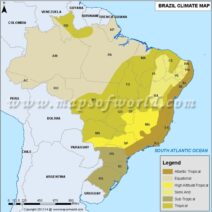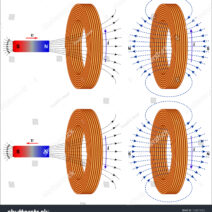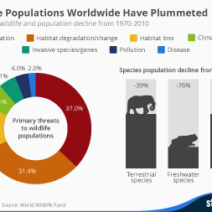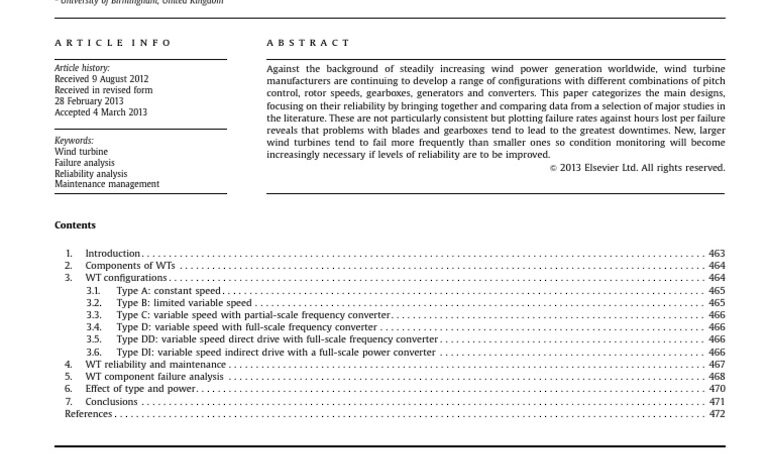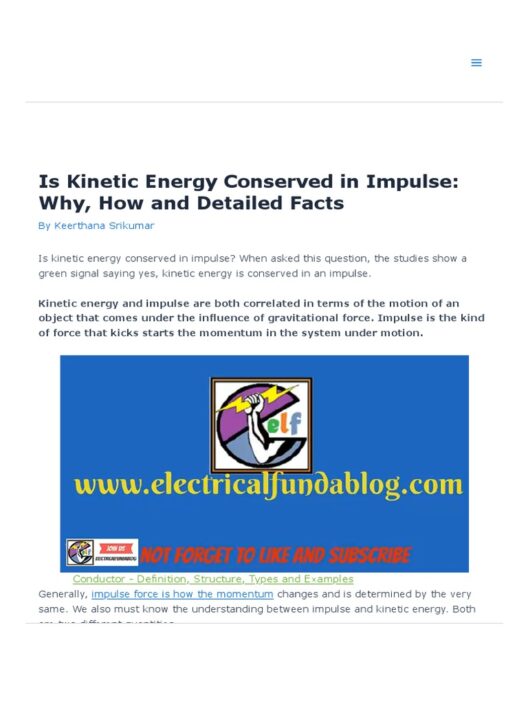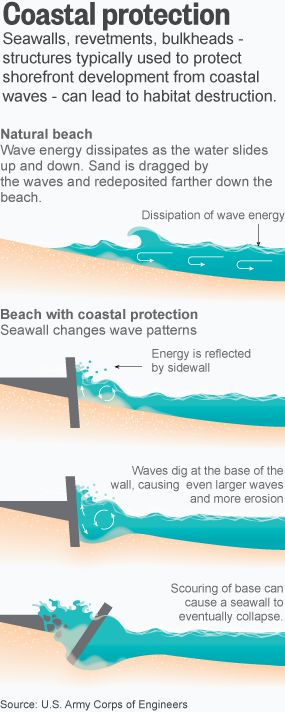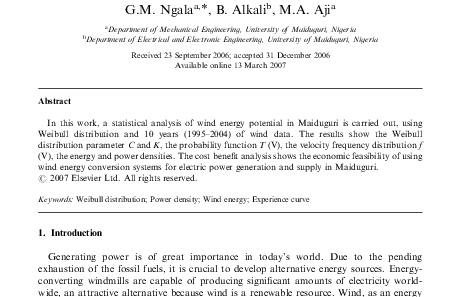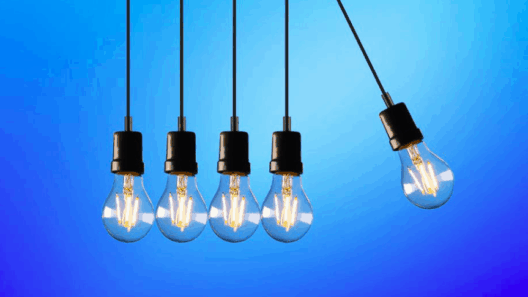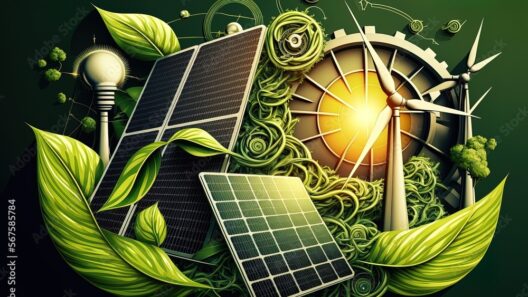Wind energy has burgeoned into a cornerstone of renewable resources, heralded for its potential to mitigate climate change and deliver sustainable power. However, amid its promising future lies a pressing question: How reliable is wind energy? This inquiry probes into the consistency and dependability of wind power, exploring both its advantages and the challenges it faces.
Wind energy, harnessed through the kinetic force of air currents, presents a stark departure from fossil fuel dependency. It offers a clean, renewable alternative capable of powering homes, businesses, and industries. Yet, the concern surrounding its reliability cannot be dismissed, as it is influenced by a variety of factors, including geographical location, technological advancements, and climatic variability.
Understanding the reliability of wind energy requires a thorough exploration of its operational factors and implications. This examination can be divided into several pertinent themes.
The Interplay Between Weather Patterns and Wind Energy Generation
A fundamental aspect influencing wind energy’s reliability is its intrinsic connection to meteorological conditions. Wind energy production is contingent upon the presence of sufficient wind speeds, which are not uniformly distributed across geographical landscapes. Regions characterized by consistent winds—such as coastal areas and open plains—exhibit a higher capacity for reliable energy generation compared to locations where wind patterns are erratic or insubstantial.
The notion of capacity factor—a metric used to assess the efficiency of wind turbines—serves to further illuminate this aspect. Capacity factors for wind projects typically range from 30% to 50%, with some exceptional sites boasting figures above 50%. This means that while wind farms can generate power, they do not do so at full capacity all the time. Variability in wind strength, seasonal fluctuations, and localized weather phenomena collectively impact energy output, necessitating a comprehensive understanding of site selection for the establishment of wind power facilities.
The Integration of Energy Storage Solutions
One of the primary methods of ameliorating the reliability of wind energy systems is the integration of energy storage technologies. These solutions act as buffers, storing surplus energy generated during high-wind periods and releasing it during calmer days. Battery technology, pumped hydropower storage, and other innovative methodologies are progressively reshaping the landscape of wind energy reliability.
Battery storage, for instance, has seen vast advancements, allowing for increased periods of electricity dispatch during low-wind conditions. However, the costs associated with large-scale energy storage remain a pressing issue, as the economic viability of these technologies needs to be balanced against the capital expenditure of establishing wind farms. Despite this economic concern, investments in energy storage are projected to yield significant dividends, potentially rendering wind energy systems more reliable in the face of fluctuating generation patterns.
Technological Innovations Enhancing Wind Power Consistency
Technological advancement plays an indispensable role in promoting the reliability of wind energy. The development of more efficient turbine designs, capable of generating power in lower wind speeds, has dramatically improved the operational efficiency of wind farms. Modern turbines are equipped with sophisticated sensors and controls that allow for real-time adjustments in response to shifting wind conditions, thus optimizing energy output.
Moreover, predictive analytics, often integrated with advanced meteorological tools, enhance forecasting abilities, enabling operators to anticipate wind patterns with increased accuracy. Such foresight facilitates better grid management and energy distribution, thus reinforcing the reliability of wind energy as an integral component of the energy mix.
The Role of Policy and Regulation in Ensuring Dependability
Policies and regulations surrounding renewable energy deployment significantly influence the reliability of wind energy. Governments play a critical role in establishing frameworks that support investment in renewable technologies, including tax incentives, grants, and research funding. Effective policy measures can stimulate the necessary innovations that drive technological advancements and improve the reliability of wind energy.
Moreover, regulatory frameworks that promote grid integration and improve infrastructure resilience are essential. The evolution of smart grid technologies, which optimize energy distribution and mitigate potential outages, further augments the reliability of wind-powered systems. By fostering an environment of collaboration among energy producers, consumers, and regulators, the path to a dependable wind energy future becomes clearer.
The Socio-Economic Implications of Wind Energy Reliability
Finally, the socio-economic ramifications of wind energy reliability warrant consideration. As communities increasingly embrace wind power, the stability and consistency of energy supply are paramount for economic development, local employment opportunities, and social equity. Regions heavily invested in wind energy seek not only to secure their energy future but also to ensure their economic resilience against market volatility associated with fossil fuels.
Conversely, communities that may be skeptical of wind energy often do so out of concerns related to reliability. Addressing these fears through transparency, community engagement, and educational initiatives can foster trust and support for wind energy as a viable option for sustainable development.
In conclusion, the reliability of wind energy encompasses various dimensions that warrant scrutiny. From the fundamental weather dependencies and advancements in energy storage solutions to groundbreaking technological innovations and supportive policies, numerous factors converge to dictate the consistency and dependability of wind power. By navigating these complex dynamics thoughtfully, the potential of wind energy as a cornerstone of sustainable energy systems can be realized, paving the way for a greener, more resilient future.
